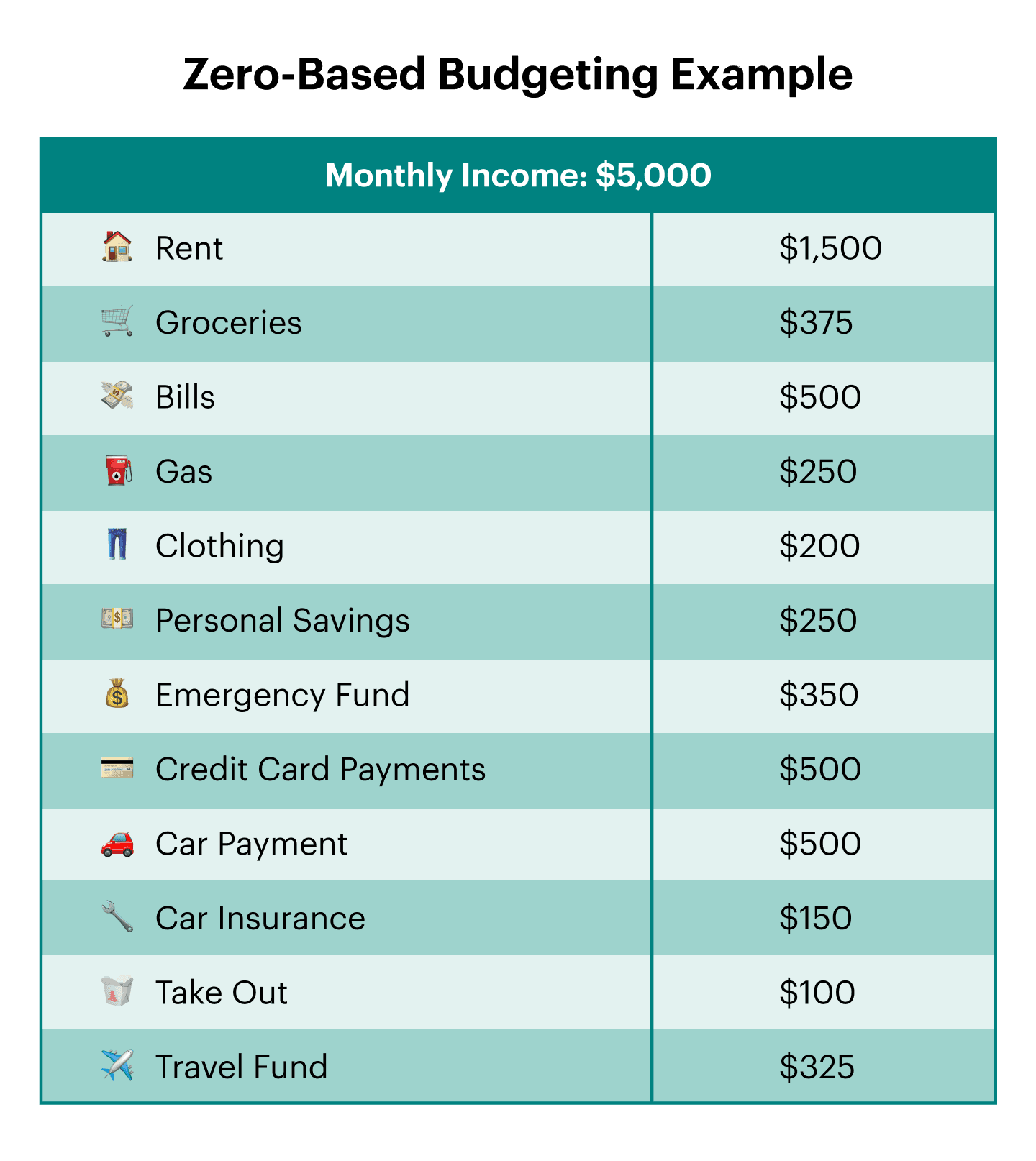If overspending keeps you in a paycheck-to-paycheck cycle, you're not alone. About 64% of Americans are in the same boat. The good news is that there are a lot of budgeting options out there for everyone. One popular option that's taken over social media is called zero-based budgeting. How it works: You assign every penny of your take-home pay to a certain purpose or bucket. Yes, we said every. Single. Penny.
Tell me more about how zero-based budgeting works.
You separate all of your money into categories. Kinda like cash stuffing, but no envelopes or ATM trips needed. Instead you can use an app, spreadsheet, or a binder to keep track of your spending. The key is to plan your spending — and savings contributions — before you get your paycheck.
Zero-based budgeting also leaves room for you to switch categories up every month (or pay cycle) if you need to. Example: One month, you might need to add more to your grocery budget to host your next party, or boost your savings deposit for your next vacay.
How do I know if zero-based budgeting is right for me?
Using every dollar of your income may sound like a bad idea because it sounds like you’d overspend, but the key is having a detailed plan before the money rolls in. So before you start planning your categories, weigh the...
Pros: A zero-based budget comes with a head start on savings. That’s because you’ll plan your savings contribution first— while many others spend first and put leftover money into savings. Another advantage of zero-based budgeting is the bird’s eye view it gives you of your finances. It’s tougher to go over on your budget when you know in advance where every dollar needs to go.
Cons: It’s time consuming. You’ll need to set aside time to calculate your income and expenses on a regular basis, and every purchase has to fall into a category so you can start at $0 for the next month. Plus, this may not be the best fit for someone whose income fluctuates often — like a freelance worker or small business owner.
I’m up for the challenge. How do I start?
If you think zero-based budgeting is right for your financial goals, it’s time to start planning which categories you’ll need to use every month. Here’s a template to help get you started:

theSkimm
There are lots of different budgeting methods to choose from. If you’re willing to put in extra time to track your spending, zero-based budgeting is worth a try. The key: give every penny a purpose.
Live Smarter
Sign up for the Daily Skimm email newsletter. Delivered to your inbox every morning and prepares you for your day in minutes.
